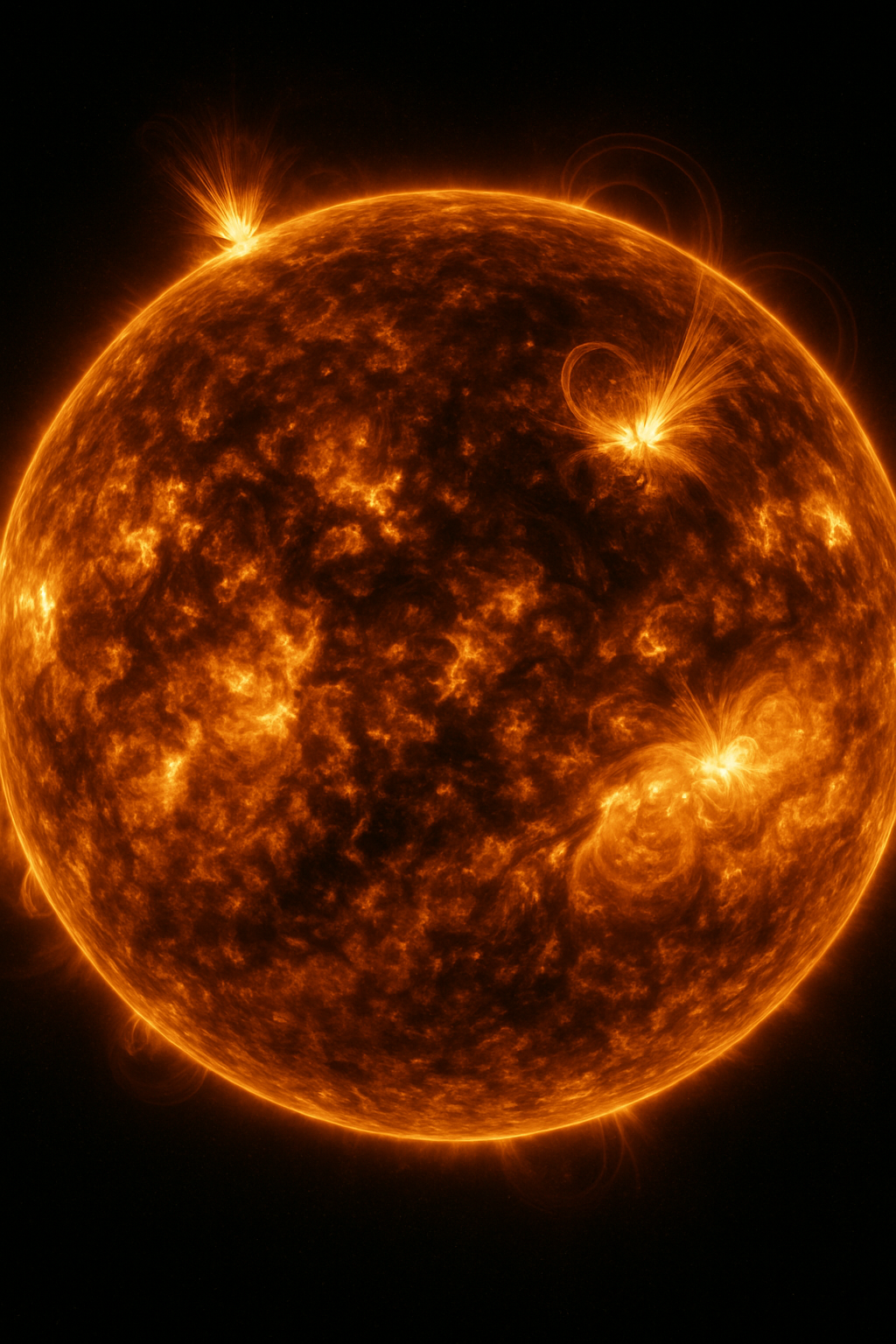The Sun Is Waking Up: Scientists Warn of Rising Solar Storms Ahead
After decades of relative calm, our nearest star is stirring once more. Astronomers report that the Sun is becoming increasingly active, with a growing number of sunspots, solar flares, and coronal mass ejections lighting up its surface.
According to recent findings from NASA’s Solar Dynamics Observatory, the Sun has been steadily “waking up” over the past 17 years — reversing a long decline that began in the 1980s. During that time, each 11-year sunspot cycle saw fewer flares and weaker magnetic fields, leading some researchers to suspect that the Sun might be heading toward a new “grand minimum,” a prolonged period of low activity last recorded in the 1830s.
But that prediction didn’t hold. “All signs were pointing to the Sun going into a prolonged phase of low activity,” said Jamie Jasinski of NASA’s Jet Propulsion Laboratory. “So it was a surprise to see that trend reversed. The Sun is slowly waking up.”
What the Data Shows
Jasinski’s team analyzed observations from multiple spacecraft studying the solar wind — the stream of charged particles continuously flowing from the Sun. Since 2008, several key indicators have climbed sharply:
-
☀️ Solar-wind velocity: ↑ 6%
-
☀️ Solar-wind density: ↑ 26%
-
☀️ Solar-wind temperature: ↑ 29%
-
☀️ Magnetic field strength: ↑ 31%
These jumps signal stronger magnetic activity within the Sun’s outer layers — the engine behind solar storms and space weather.
Impacts on Earth and Space
While this renewed solar vigor produces stunning auroras visible farther from the poles, it also brings risks. More frequent geomagnetic storms can disrupt satellite communications, navigation systems, and even power grids on Earth. Astronauts and spacecraft are particularly vulnerable to bursts of high-energy radiation from solar flares and coronal mass ejections (CMEs).
What Comes Next
Scientists are still unsure why the Sun’s activity has rebounded, though such fluctuations are not unprecedented in solar history. For now, researchers are closely monitoring the current solar cycle 25, which appears to be stronger than expected.
As our star continues to “wake up,” we can expect more dazzling night-sky shows — and a few technological challenges — in the years ahead.

